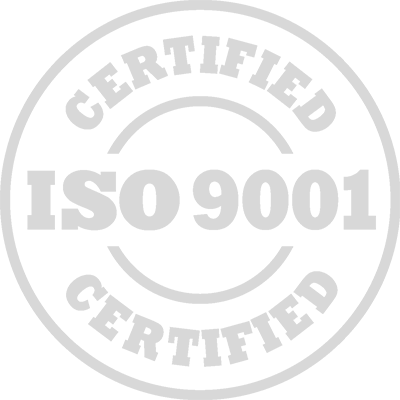Introduction
Developing and implementing carefully crafted strategies for acquiring all materials, goods, equipment, and services have become a critical issue in all organizations wishing to reduce operating costs while improving quality and productivity. This logistics and supply chain management training course explores key concepts forming the basis of procurement and supply chain logistics training.
The certified logistics and supply chain management course offers insightful perspectives on leading-edge issues confronting organizations in dynamic supply chain logistics management.
Throughout the certified logistics and supply chain management course, emphasis will be placed on the importance of certification courses in logistics and supply chain management for professionals seeking to establish their credibility and capitalize on career opportunities within this field.
Targeted Groups
- Contracts, purchasing, logistics, and procurement personnel.
- Project, engineering, operational, and maintenance personnel who are involved in the planning and execution of purchases and contracts.
- Supply, buying, purchasing, logistics, materials, and supply chain professionals.
- All involved in acquiring materials, equipment, and services in organizations whose leadership wants high levels of competency in these activities.
- This certified logistics and supply chain management course is for those who seek to enhance their understanding of logistics and supply chain management.
- This certified logistics and supply chain management course is for Those seeking business gains and benefits from effectively managing their supply chains.
Course Objectives
By the end of this certified logistics and supply chain management course, the participants will be able to:
- Achieve an in-depth understanding of what constitutes best practice in the field.
- Establish the mission, vision, and necessary knowledge to implement processes and methods for world-class performance.
- Gain insight into the key drivers of supply chains from a logistics and demand perspective.
- Grasp the essence of what procurement and supply chain logistics training is fundamentally about.
- Review strategic procurement and its significance.
- Examine examples of best practices in procurement and supply chain logistics management.
- Review how to achieve optimal best pricing.
- Understand how to develop spending analysis capabilities.
- Foster a holistic and cross-functional view of the supply chain logistics course.
- Emphasize the value of collaboration with various supply chain partners.
- Consider the impact of Key Performance Indicators (KPIs) on supply chain performance.
Targeted Competencies
At the end of this certified logistics and supply chain management course, the target competencies will be able to develop the following:
- Delivering tangible value more rapidly.
- Minimization of activities that do not add value.
- Improved relationships between personnel, customers, and suppliers.
- Reduction in Total Cost of Ownership (TCO).
- Enhanced supplier performance and strategic involvement.
- Analysis skills.
- Evaluation.
- Continuous improvement.
- Implementing necessary changes.
- Managing supply chain risks.
Course Content
Unit 1: Procurement as a Dynamic, Interactive System
- The system approach vs. the traditional functional approach.
- Goals of procurement.
- Developing strategic procurement plans.
- An overview of the procurement process.
- The role of procurement within supply chain and logistics.
Unit 2: Developing the Strategic Procurement Decisions
- Make/buy decisions.
- Vertical integration considerations.
- Forming alliances and partnerships.
- Inter-company trade strategies.
- Reciprocity and countertrade dynamics.
- Crafting a supplier strategy.
- Coordinating procurement strategies.
- The purchasing organization.
Unit 3: Implementing The Tactical Procurement Decisions
- In-depth supplier involvement.
- Value analysis in procurement.
- Assurance of quality in supply chain logistics.
- Criteria for supplier selection and evaluation.
- Supplier rating and ranking.
- Contract management best practices.
- Utilizing IT systems and embracing e-procurement.
- Formulating effective policies and procedures.
- Staffing the procurement department.
Unit 4: Dealing with Operational Procurement Decisions
- Selecting the most appropriate ordering process.
- Addressing quality issues.
- Follow up.
- Overdue orders.
- Expediting.
- The payment process.
- Reducing the cost of procurement: small-value purchase orders.
Unit 5: Contingency Procurement Decisions
- Planning for various contingency situations.
- Effective contingency management in the supply chain.
Unit 6: Procurement Performance Measurement
- Conducting thorough spending analysis.
- Understanding and calculating the total cost of ownership.
- Methods for measuring supplier performance accurately.
Unit 7: Understanding What Logistics and the Supply Chain Are About
- Defining logistics and supply chain management.
- Exploring the interrelation of buying, making, moving, and selling activities.
- Historical development and impact of logistics and supply chain on businesses.
- Understanding the supply chain dynamics.
- Supply Chain Operations Reference Models (SCOR).
- The Theory of Constraints (TOC).
Unit 8: Key Aspects and Rules of Supply Chain Management
- The cost/service balance.
- Customer service principles.
- Internal organizational structures.
- Inventory principles.
- Lead times throughout the supply chain.
- Adding value.
- Production options/changes.
- Trade-off opportunities.
Unit 9: The Benefits of Adopting a Supply Chain Approach
- Understanding the sub-functional conflicts.
- Benefits within and between functions.
- Taking a supply-chain view of total acquisition costs.
- Accepting that competitive advantage comes from the supply chain.
- Looking at demand amplification and the "Forester" effect.
- Appreciating the effects of uncertainty and unresponsiveness.
- Seeing how we currently manage the supply chain.
- Changing the way we manage the supply chain for greater effectiveness.
Unit 10: Strategic Approaches and Impacts to Supplier/Customer Relationships
- Practical effects on lot sizes/order quantities.
- Reducing costs.
- Sharing developments and collaborating.
- Eliminating internal and external barriers.
- Interfacing versus integrating relationships.
- Segmentation and product formatting.
- Business strategies and the supply chain.
- Supply chain planning.
- Gaining competitive advantage.
- Considering outsourcing.
- Using postponement and consolidation logistics.
- Examining demand planning.
- Approaches of Quick Response (QR), Vendor Managed Inventory (VMI).
- Collaborative Planning and Forecast Requirements (CPFR).
- The lean supply chain.
Unit 11: Making Supply Chain Improvements
- Manufacturing and retailer case studies.
- The major lessons and key aspects from experience.
- Oil and Gas in the UK experiences.
- Key questions to be answered.
- The changes needed with suppliers and customers.
- The changes need to be made to internal organization and management practices.
- Potential action is needed.
- The 'doing nothing' future, with 'lessons from experience.'
- Guarding against futures of higher stock levels and competition gains.
- Breaking down traditional silo/closed management.
- The 5 steps approach to logistics and supplier development.
- Encore: The supply chain rules.
- The rules to give competitive advantage from effective Supply chain Management.


